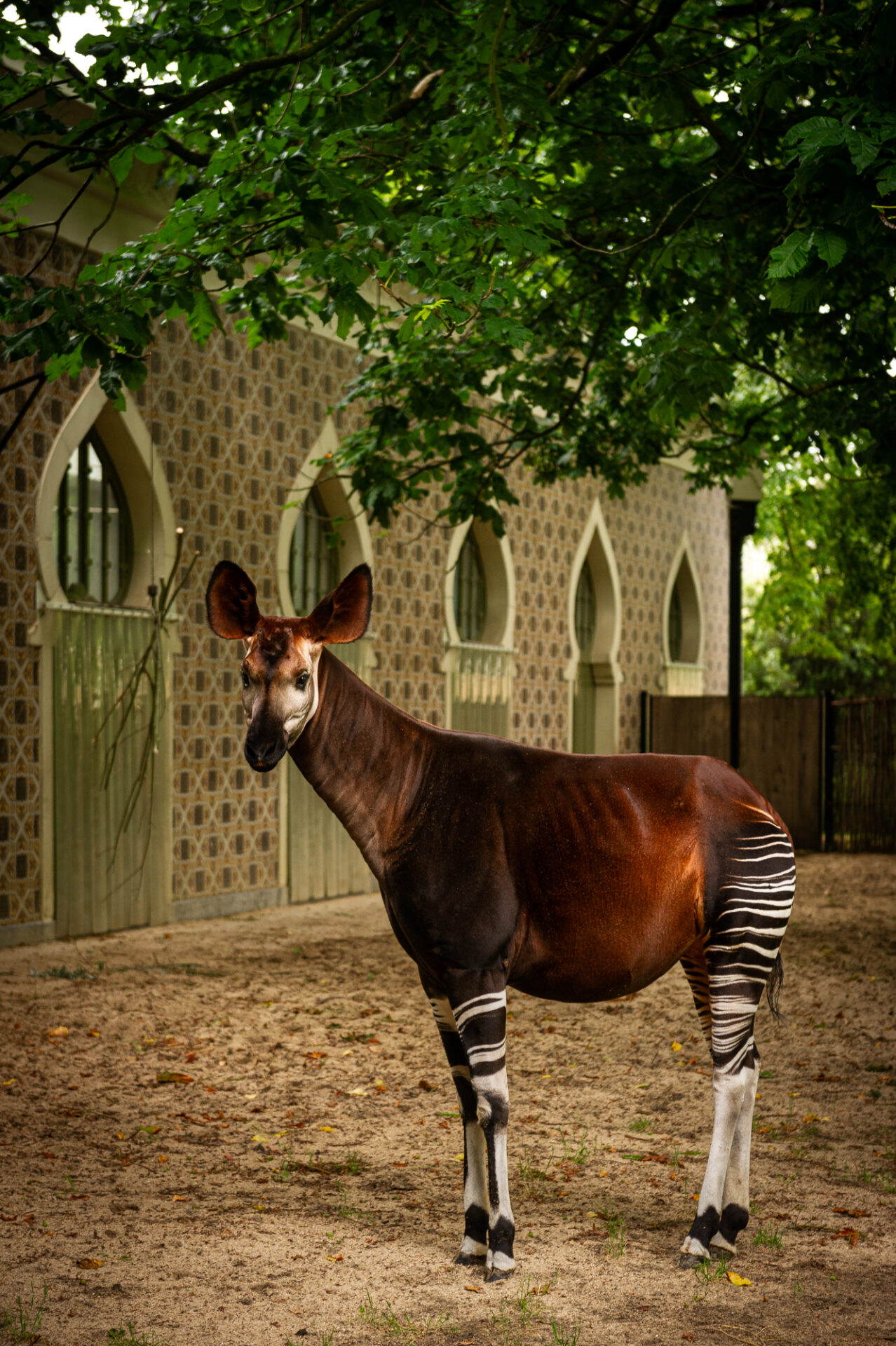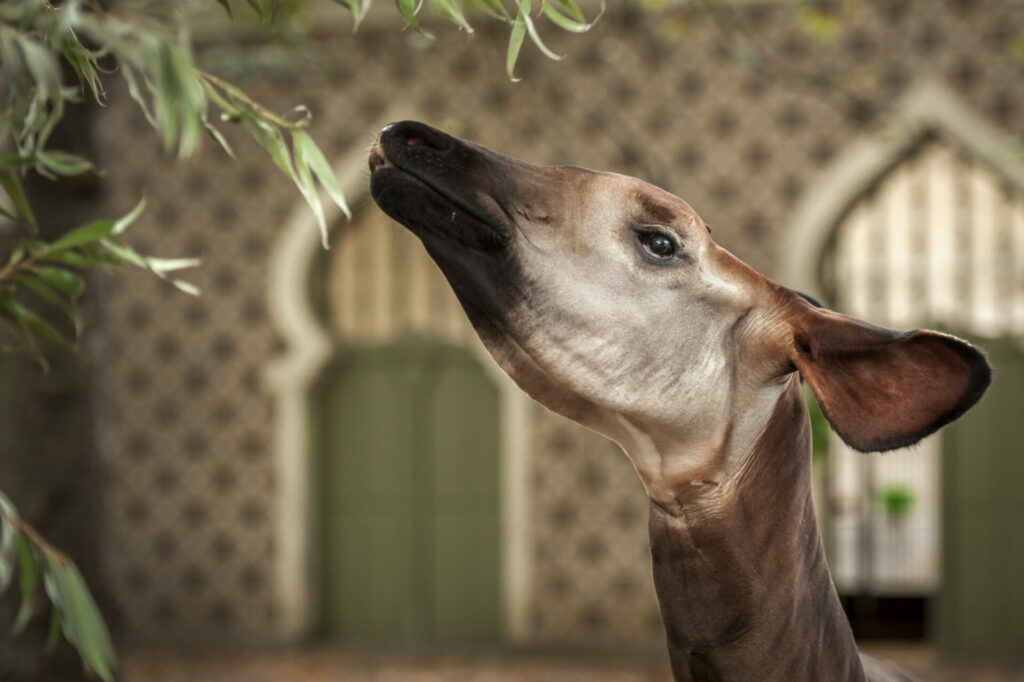A baby okapi was born at ZOO Antwerp on Wednesday, which the ZOO welcomed as great news for the endangered species.
Named Xandor, the male okapi weighed 17 kilograms and measured 76 centimetres at the withers at birth, which is on the slight side for newborn okapis.
“He is small, fine and nippy!” said caretaker Nicky.
The ZOO said that every okapi birth is great news: the animals' survival in the wild is threatened, and ZOO Antwerp is considered the world's leading okapi expert and matchmaker for new couples with the goal of species conservation.
An okapi with a unique trait
Every animal born in the ZOO this year will have a first name beginning with X, and Xandor was no exception. The name means “protector of the people.”
In the run-up to the birth, keepers took turns watching the webcam in the whelping pen. In the early morning, the calf was born and caretaker Isabel was the lucky one to bear witness.

Photo from ZOO Antwerp.
“After some clumsy first attempts, the little one soon stood up on its striped legs and energetically explored the stables,” she said.
Xander is unique because he has a pink tongue. Normally okapis have a long tongue of 35 centimetres in a blue-grey colour from birth. Coordinator Patrick, who has been working with okapis in the ZOO for more than 32 years, said he has only seen a pink tongue once before.
An ‘energetic’ little one
“With okapis you have two categories: the easy animals that peacefully stand on the scales and the 'stampers', the little fidgeting animals that swing their legs in all directions,” Patrick said.
“Xandor is a good example of an energetic okapi. Like all okapis, Xandor has a unique stripe pattern on his buttocks and legs.”

Photo from ZOO Antwerp.
For a month, Xandor will remain in the warm stable. Once the weather warms up to 15°C, he will take his first steps outside.
Professional okapi matchmakers
As coordinator of the European breeding programme and as international herd book keeper, ZOO Antwerp is the expert for okapis.
There are currently five okapis living in ZOO Antwerp: mother Lindi and newborn Xandor, father Semuliki, pregnant female Zaïre and young man Ubundu.
“With the breeding programme we want to build up a reserve population. If necessary, we can bring animals back to Congo in the future,” said Sander Hofman, manager of the international studbook for okapis and coordinator of the European breeding programme for ZOO Antwerp.

Photo from ZOO Antwerp.
In this role, ZOO Antwerp determines which zoos may keep okapis and who can breed them, then shares its extensive experience and advice. The ZOO is also a matchmaker for new couples.
“In breeding programmes for endangered animals we always ask ourselves the same question: how many animals do you need to have a genetically healthy reserve population? For okapis, the target is 270 animals, but worldwide there are only 178 animals in zoos,” said Hofman.
“If we want to achieve this population growth in 100 years, ten okapis must be born every year worldwide. We hope for a second birth in ZOO Antwerp at the end of this year because okapi Zaïre is also pregnant.”

